Video Rewind tells the stories behind forgotten VHS favorites from the video store era, one rental at a time! This month’s movie is 1992’s “Stay Tuned”.
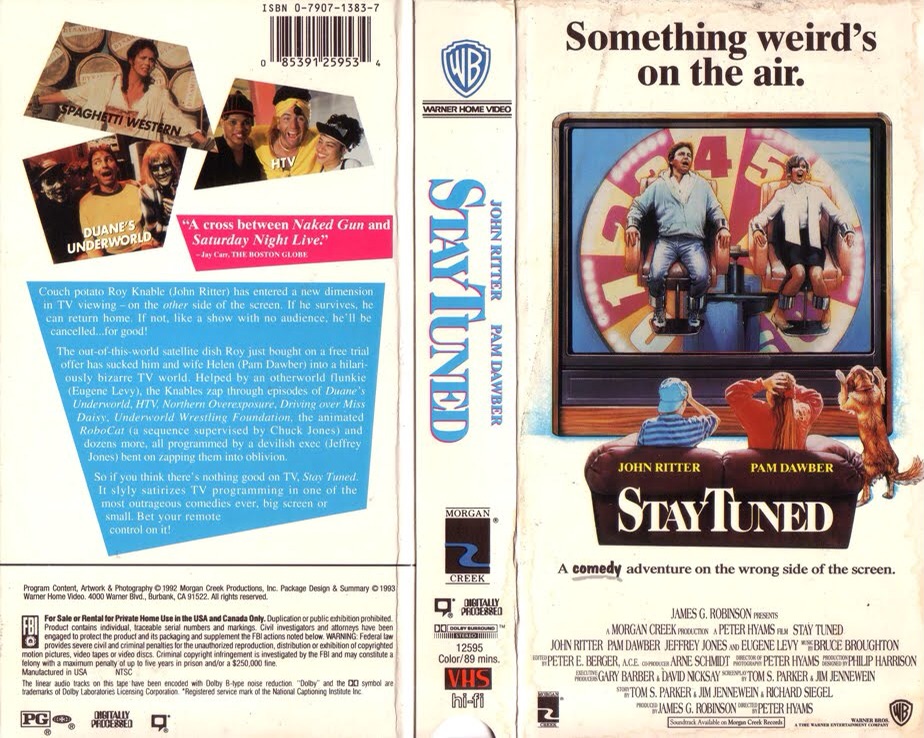
For a film whose story exists solely for the purpose of television show parodies, it’s fitting that the opening of Stay Tuned borrows heavily from two of Hollywood’s most beloved and recognizable properties.
The opening sequence has a distinct Ghostbusters-like vibe when a husband answers a knock at his door to find a tall, dark salesman dressed in black who has an irresistible cable TV offer for him. When the wife goes to check on him, she’s met with bright, colorful lights and an off screen image that causes her to react with an arms in the air scream, like the librarian who sees a ghost in the opening of Ghostbusters.
The credits then burst onto the screen in soaring, 3D, 1978 Superman fashion, getting gobbled up in the end by an evil grinning, animated TV.
And so begins 1992’s Stay Tuned, a zany pop culture TV and film time capsule featuring two of television’s most recognizable stars of the 1970s and 80s.
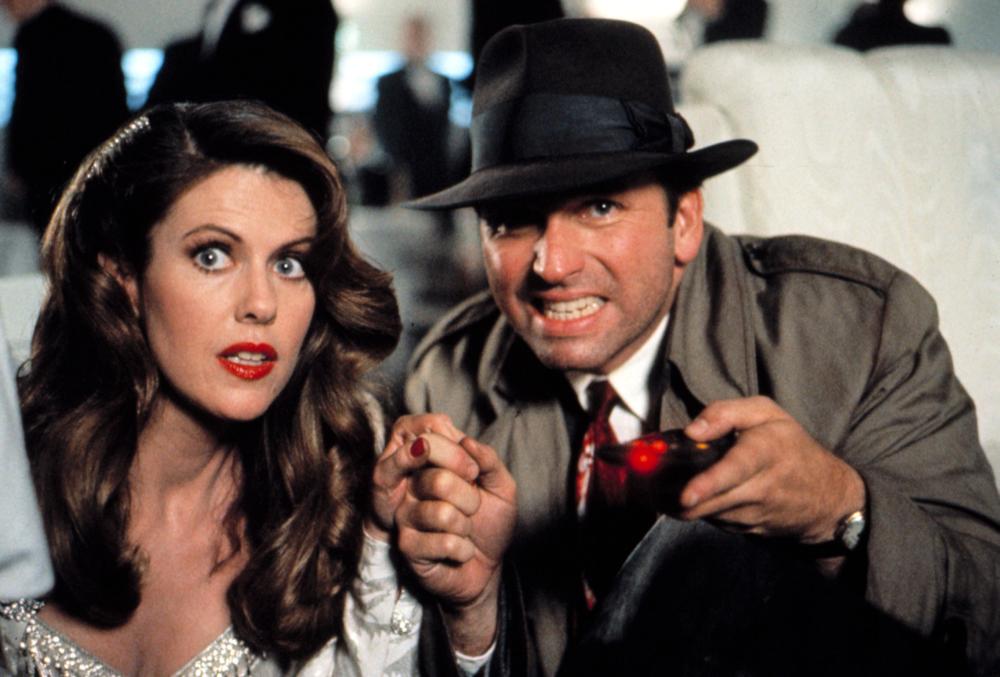
John Ritter plays couch potato Roy Knable, a plumbing equipment salesman who is addicted to TV, watching any and everything that’s on the tube. He recites dialogue to films he’s seen too many times and peeks around his wife’s head at the screen while she’s attempting to have a serious conversation with him. Roy uses TV as more than just an escape; he uses it as a complete way of life, an attempt to fulfill his own ho-hum existence. This means basically ignoring his kids and swallowing the hurt pride and contempt he has towards his wife Helen (Pam Dawber) and her blossoming career.
Roy’s obsession with TV is quietly tearing his family apart. But when a mysterious man named Spike shows up at their home and offers Roy a loaded cable TV package with a giant satellite and 666 channels, TV may be the last hope to bring the family back together. If they can survive it, that is.
John Ritter graduated from the University of Southern California in 1971 with a Bachelor of Fine Arts degree in Drama. He also studied under renowned acting coach Stella Adler at the Harvey Lembeck Comedy Workshop, where he learned improvisational skills in situational comedy. Lembeck, mostly known as Sgt. Bilko on The Phil Silvers Show from 1955-1959 (Steve Martin would later portray the character in 1996’s Sgt. Bilko), thought improvisation was one of the most effective ways to develop an actor’s comedic abilities.
Despite his comedy training, Ritter had dreams of becoming a serious actor.
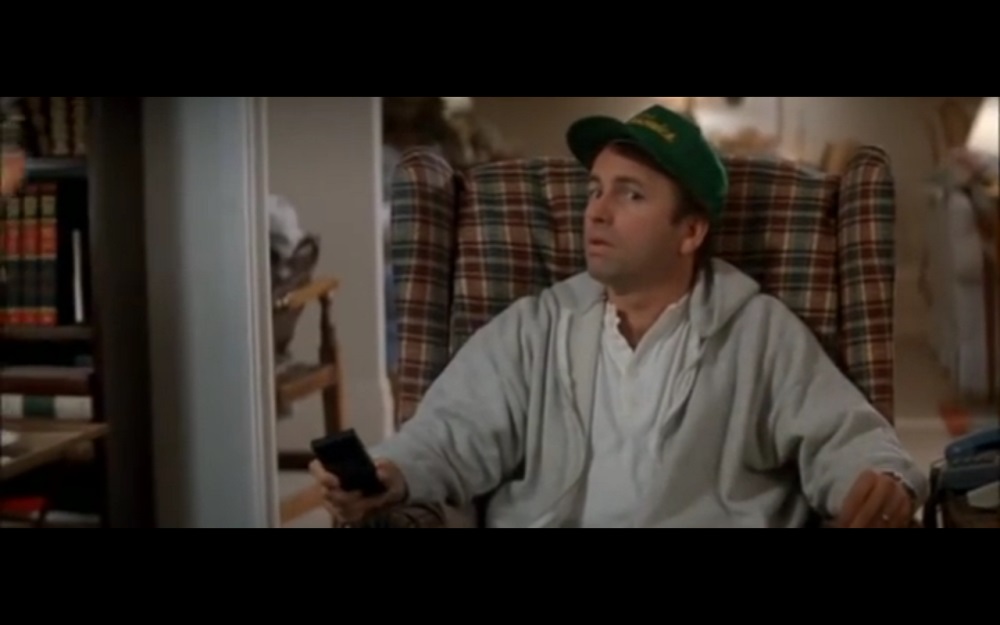
A gig in comedy found Ritter first with a starring role on the ABC show Three’s Company, beating out a young Billy Crystal to win the role of Jack Tripper, a woman crazy goof pretending to be gay so his landlord would allow him to live with two women, played by Suzanne Somers and Joyce DeWitt.
The show was a smash hit, running for 8 seasons and earning Ritter a Golden Globe and an Emmy for his performance. The role put on full display Ritter’s natural talent for physical comedy and immense likability, and the funnyman reputation followed Ritter for the rest of his career. While he found success with dramatic roles later in life, namely Sling Blade in 1996, Ritter’s cementing in comedy and his understanding of timing and delivery were no doubt helped by his formidable acting skills learned under the tutelage of Adler.
As for Stay Tuned, it was Dan Aykroyd who was originally sought after for the role of Roy Knable (Richard Dreyfuss was also briefly attached), but Ritter’s perfect mix of training, experience, natural charm, and television reputation with audiences made him the perfect fit for the role.
When Roy has to go outside to adjust the giant eye sore of a satellite in his backyard to get better reception, Helen follows as the two argue over Roy’s excessive TV watching habits. This is when the satellite with its 666 channels performs what it’s really meant to do: suck up Helen and Roy into a hellish TV underworld of sadistic television shows!
Finding themselves on the other side of the screen, Roy and Helen have 24 hours to survive these shows or else their souls will belong to the Devil for all eternity.
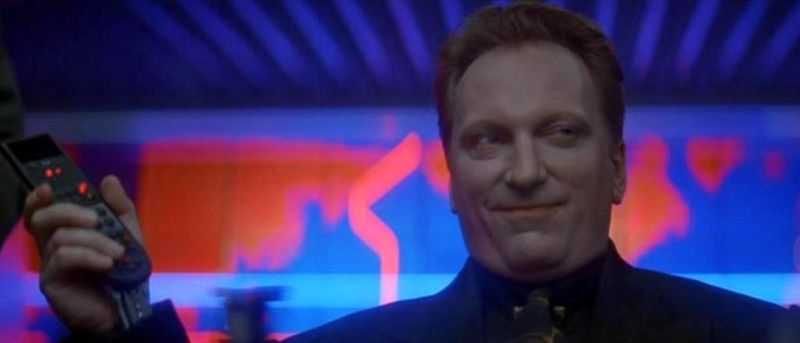
The couple start on on a game show hopelessly titled You Can’t Win! (with prizes like the Napper Crapper, a reclining chair with a built in TV, mini-fridge, and, you guessed it, a toilet), and move on through many other shows, including Three Men and Rosemary’s Baby, Sadistic Hidden Videos, Different Strokes (showing deaths from different types of strokes — pretty dark, but pretty funny), and The Exorcisist (“Come on everybody! Feel the burn! And now head spins, good, and now vomit!”).
John Ritter’s partner in crime throughout the underworld, boob-tube shenanigans of Stay Tuned is fellow television veteran Pam Dawber, who plays Roy’s wife, Helen (Tracy Ullman was formerly attached to the role alongside Dreyfuss). Dawber got into modeling as a young woman, working auto shows (“You stand in go-go boots and bat your eyelashes, and you talk about the car. That’s about as deep as it gets,” she said of the gig), but she had dreams of becoming an actress.
After appearing in magazine ads, commercials, and performing in some plays, the pretty girl from Detroit shot to fame alongside the late, great, comedy legend Robin Williams in ABC’s Mork & Mindy, the breakout sitcom of 1978 that earned her a People’s Choice Award for Favorite Female Performer in a New TV Program (she’d win the honor again for My Sister Sam in 1987).
Like Ritter, Pam Dawber possessed the perfect experience and audience familiarity to portray Helen and round out the dysfunctional married couple in Stay Tuned.
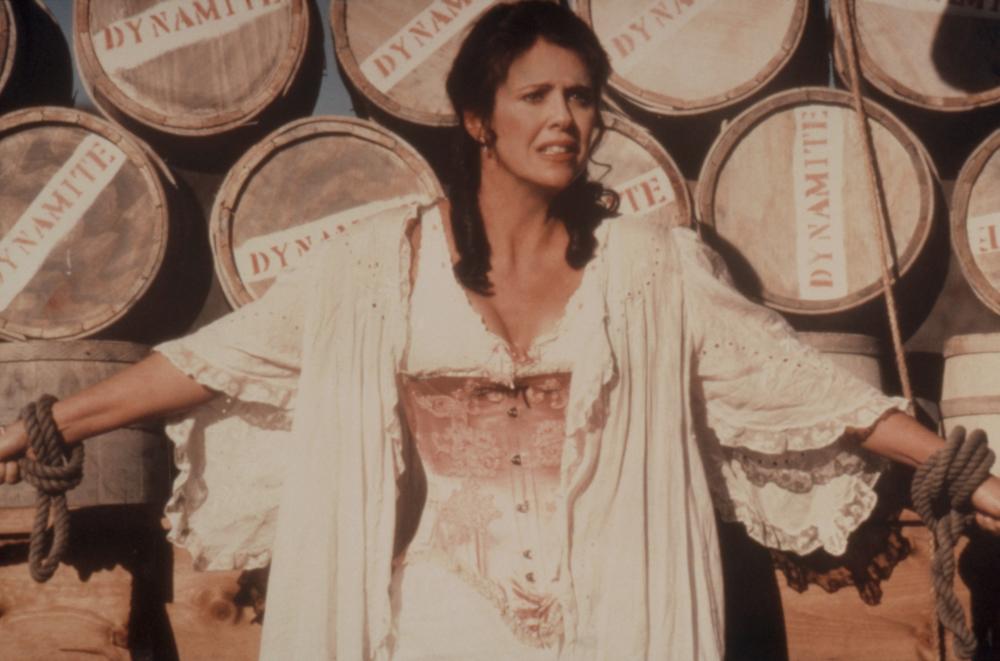
As Roy and Helen are continuously thrown into one twisted show after another in the cable television nightmare that is Hell Vision (Beverly Hills 90666, I Love Lucifer, Fresh Prince of Darkness, and many more), they are pursued by Spike, who is getting restless and wants to provide the Devil with a couple of new souls, as well as benefit his own status as a useful henchman. Pam Dawber’s modern career woman sensibilities and annoyance to the shifting situations are a fun contrast to Ritter’s clumsy and jumpy Roy as the channels change.
Much to Spike’s dismay, the Knables continue to luckily escape his clutches, much like the fortuitous happenings in the many TV shows and movies that Roy has spent countless hours of his adult life watching.
Jefferey Jones excels at playing Spike, one of the Devil’s cable guys, providing programming for “one viewer only, who lives somewhere south of here,” as the actor describes the role.
With his head angled slightly down, Jones’s piercing eyes are left angled up in their sockets to match his slightly upturned grin, creating a playfully menacing character. His ability to build up to a gravelly voice (as heard in 1985’s Howard the Duck), pairs nicely with his facial expressions and makes for a memorable and entertaining villain. It’s been rumored that former president (and former actor) Ronald Reagan was thought of to play the role, an idea that can surely be dismissed as nothing more than politically charged fantasizing.
During filming, John Ritter cited a unique experience, saying, “It’s been like doing several little movies all in one. You never know what to expect when you come to the set.”
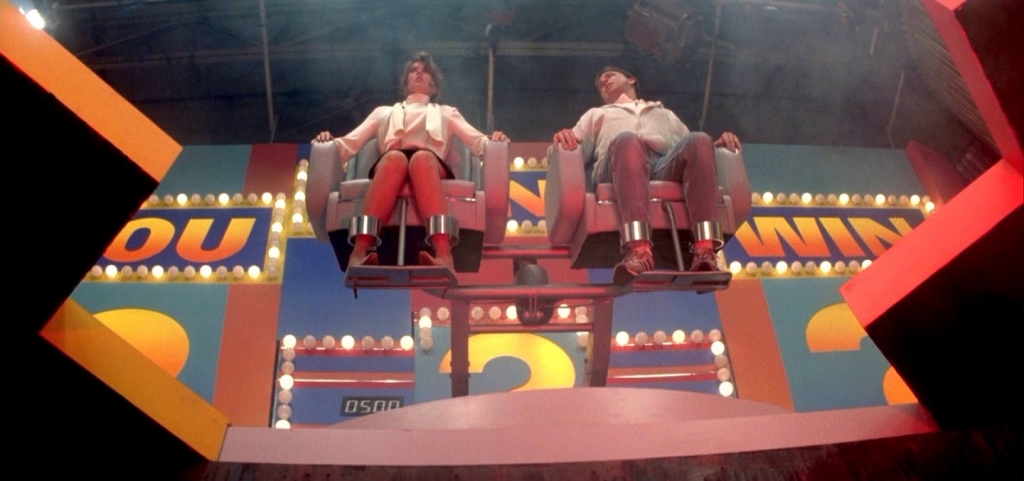
His co-star Pam Dawber agreed. “It’s really unusual because in all the movies that I’ve done, you never get a chance to dress like this,” the actress said with a laugh as she shook her chest forward and showed off her French Revolution era dress.
Director Peter Hyams recalled a different kind of shoot as well, saying, “You never get a chance to catch your breath. Every time you think you’ve done a large sequence, you know there’s a big and very different one coming up.”
Hyams isn’t wrong. There’s a ton of set pieces crammed into the film’s 89 minute run time, including a channel a minute “chase” across television shows as Spike attempts to close in on Roy and Helen as time to capture their souls is running out.
Tim Burton was originally offered directing duties for Stay Tuned, a seemingly good fit for the stylistic filmmaker.
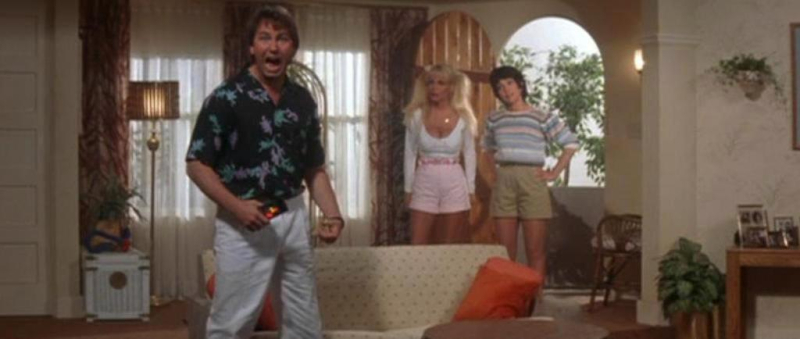
Burton was riding high on the phenomenal success of Batman (1989) as well the solid performance of the quirky Edward Scissorhands in 1990. When Burton declined and (rightfully) chose to direct Batman Returns instead, Peter Hyams reportedly lobbied hard to win the job. Hyams had read the script and absolutely loved it, finding it both very funny and creative.
The script was written by Tom S. Parker and Jim Jennewein, who would go on to write three more films together, all released in 1994: the blockbuster hit The Flintstones, the barely break even Richie Rich, and the box office misfire Getting Even With Dad. Known primarily for his action and sci-fi films such as 2010 (1984) and Outland (1981), Peter Hyams seemed an odd choice at the time to direct such an outrageous comedy. But along with the comedy of Stay Tuned were plenty of action set pieces, and the action-comedy formula was one that Hyams blended nicely in his 1986 effort Running Scared, starring Gregory Hines and Billy Crystal.
With Tim Burton officially passing on the project, production company Morgan Creek Entertainment seemed convinced enough with Hyams’ credentials and vision for the film, and principal photography began in October of 1991 and wrapped three months later in January.
Long before Hyams got the directing gig, legendary animator Chuck Jones, creator of such classic characters as the Roadrunner, Wile E. Coyote, and Bugs Bunny, was hard at work on a lengthy animated skit that would be featured in the film.
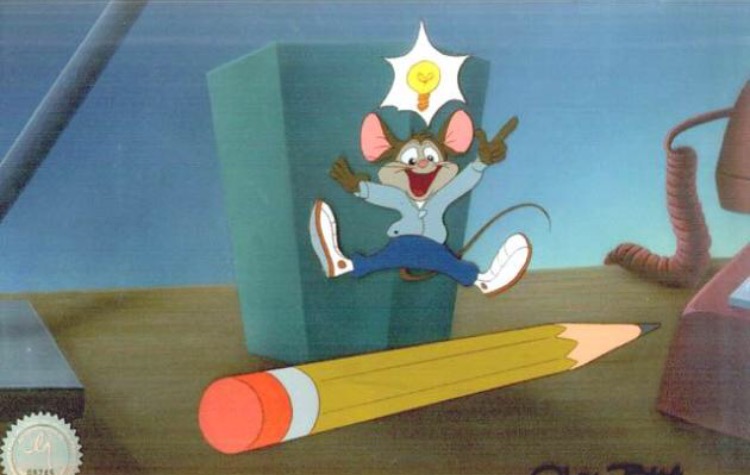
To showcase his madcap, cartoon storytelling, Roy and Helen are turned into mice and chased around a house in the style of Tom & Jerry by the menacing RoboCat. The sequence took a whopping 22 weeks to animate and is a colorful and playful feast for the eyes that lovingly captures old school Saturday morning cartoons. Jones himself co-directed the animated segment with the film’s animation supervisor Jeff DeGrandis, which was the first completed footage of the film.
Segments like this are why Ritter referred to Stay Tuned as being “off the wall,” and added, “and knocking down a few walls.”
Another standout segment is the black and white film noir spoof. “Roy Knable, Private Dick,” Roy reads from a card on the desk of his 1940’s office, “well, better than being a public dick.” Ritter’s Roy Knable relishes the chance to be a hard boiled private eye, the tough guy image hilariously clashing with the reality of his suburban dad lifestyle. The moment when he struggles to pull his gun from his pants waistline is laugh-out-loud physical comedy.
Ritter has many of these successful moments throughout the film, including being a cowboy who struggles to smoke and accidentally breaks off a swinging saloon door, realizing he has no hair as Captain Picard in Star Trek, and of course tripping over the sofa on set of Ritter’s own old TV show, Three’s Company (“Where have you been,” ask Suzanne Somers and Joyce Dewitt lookalikes in unison), leading to a breaking of the fourth wall with Ritter looking directly at the camera and letting out a prolonged, dreadful yell.
At this point in the film, the Knable’s children notice their parents have been missing for a while.
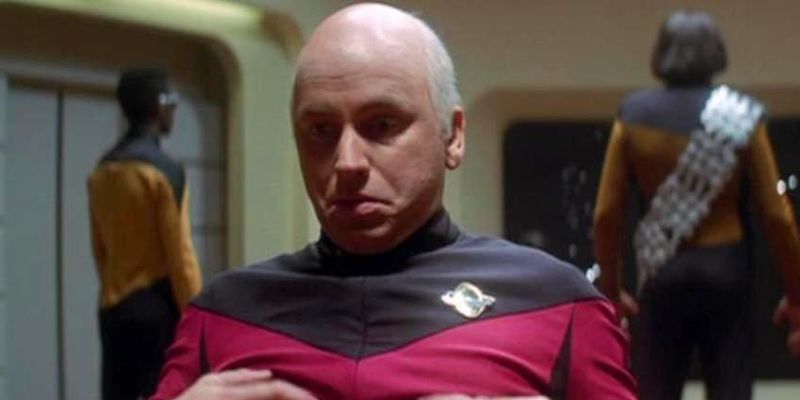
It’s their son Darryl (David Tom, who would go on to star in over 300 episodes of popular daytime soap opera The Young and the Restless), who recognizes Roy and Helen fighting to survive on TV. Concocting a plan with his sister, Diane (Heather McComb, who would later star alongside John Ritter’s son, Jason, in the sci-fi television series The Event), the kids set out to provide some much needed assistance from the outside world to help save their parents.
This interference, coupled with the assistance of a former, disgruntled Hell Vision employee named Crowley (the always delightful Eugene Levy), infuriates Spike, and thus sends Stay Tuned tumbling toward a proper dramatic conclusion, which includes a vicious Rottweiler and Helen tied to some train tracks staring down an oncoming locomotive in an old Western.
Roy and Helen manage to work through their marital problems while working together to navigate the gauntlet of hellish television shows.
Not all of the TV show gags work in Stay Tuned, but the bickering that brings about the teamwork between Roy and Helen Knable does. This is because with their television backgrounds and know-how of exaggerated comedic acting, Dawber and Ritter are experts at selling the random moments of character connection in the face of absurd scenarios.
While “Something Weird’s on the Air” may have been the film’s appropriate tag line, it’s all heart at the center of the story.
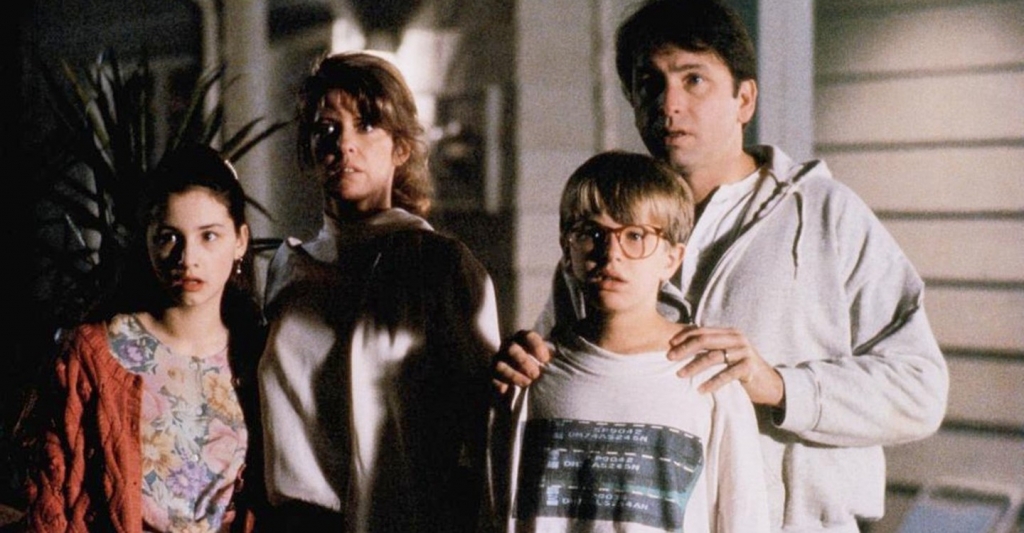
There’s no gigantic evil being or entity threatening the world here, just parents as unlikely heroes that conquer the problems within their own family, and they literally go through Hell to do it. This observation fits nicely with how Ritter himself viewed the story, saying, “It’s so far out, but grounded in reality.”
Unfortunately the film seemingly looked a little too weird to get audiences into theaters to watch it.
Opening August 14, 1992, Stay Tuned only managed sixth place at the box office with $3.5 million, not even enough to beat 3 Ninjas in its second week of release. Sputtering out at only a $10.7 million take, the $25 million production was a box office bomb. It did receive some positive reviews, such as Rita Kempley of the Washington Post saying it was, “wonderfully silly,” and called it a “zippy action spoof.” But Stephen Holden of The New York Times wrote the film had “no feel for genre and no genuine wit,” and Time Out blasted it calling it “pointless ‘satire’ with the emotional depth of a 30-second soap commercial.”
Variety gave kudos to Chuck Jones and his animated segment, writing, “the six-minute cartoon interlude by the masterful Chuck Jones, with Ritter and Dawber portrayed as mice menaced by a robot cat…has a grace and depth sorely lacking in the rest of the movie.” As a small consolation, Stay Tuned did enjoy modest success at the video store, further proof that Ritter and Dawber were still adored on the small screen in living rooms across America.
A common complaint from modern day viewers is that Stay Tuned is “dated,” an unfair criticism of any film or work in general.
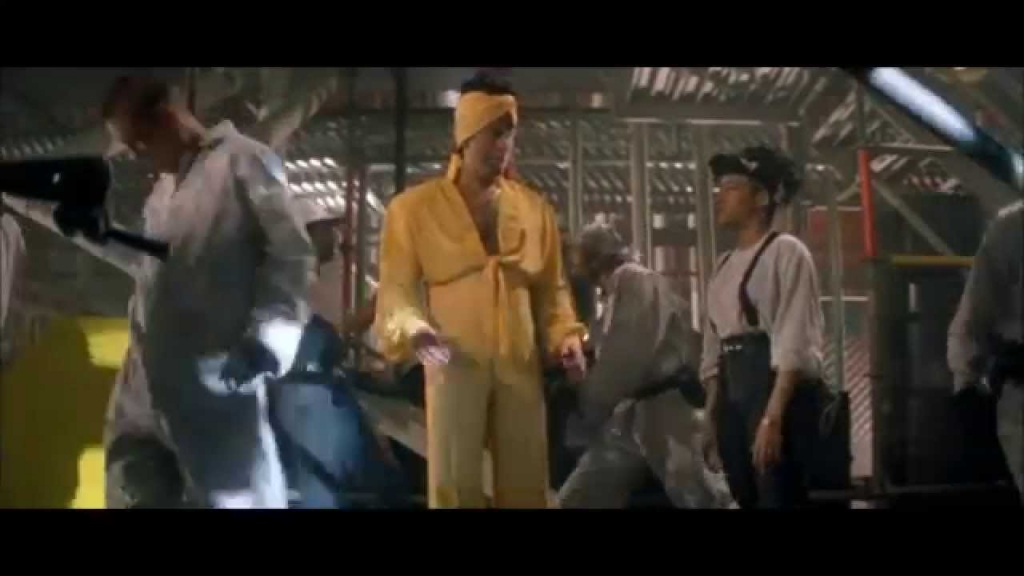
Of course something made thirty years ago will visually resemble that time more so than today’s, something that shouldn’t be held against the film. The one blatant exception would be the film’s ill advised musical/dance sequence, a sure sign of the times, featuring Salt-N-Pepa alongside Ritter dressed in a Prince-like get up. Much like Digital Underground appearing in 1991’s Nothing But Trouble, the sequence falls flat as an obvious stunt, shoehorned in to exploit a popular musical act to help push the film to a wider audience (it failed in both instances).
But overall, in the era of “binging” endless TV shows on dozens of streaming networks, is the idea of Stay Tuned really out of date? Hardly. While the content within the spoofed TV shows would unquestionably be different, there’s a strong argument to be made that Stay Tuned is more relevant now than ever.
In fact, during the writing of this article, AMC Studios announced the development of a Stay Tuned television series based on the 1992 film that will be executive produced by Morgan Creek Entertainment.
You know what they say, the more things change…
Stay Tuned is ultimately a simple, fun, popcorn entertainment that doubles as an early 1990’s time capsule and a loving tribute to the wonderful John Ritter.
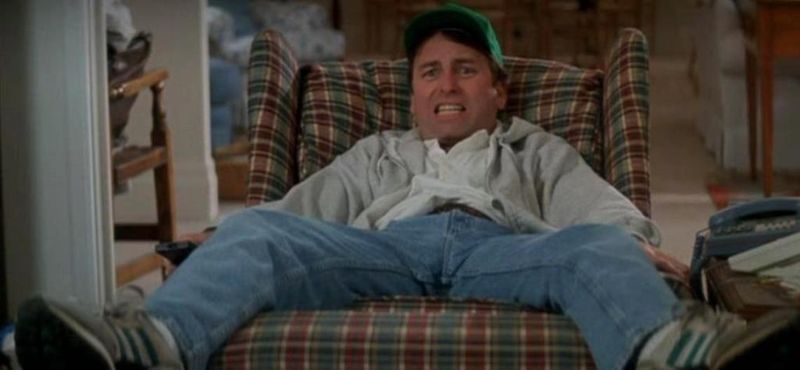
Ritter was not only a TV icon but a damn good actor and an even better human being. It’s evident in his performance that Ritter had a lot of fun making this movie and playing Roy Knable, and watching him here is a comforting way to revisit the late, great actor and funnyman.
Still, as enjoyable as Stay Tuned turned out to be, in that wacky, check-your-brain-at-the-door kind of way, it’s impossible not to wonder what a collaboration between Ritter and Tim Burton in the prime of his career would have been like.


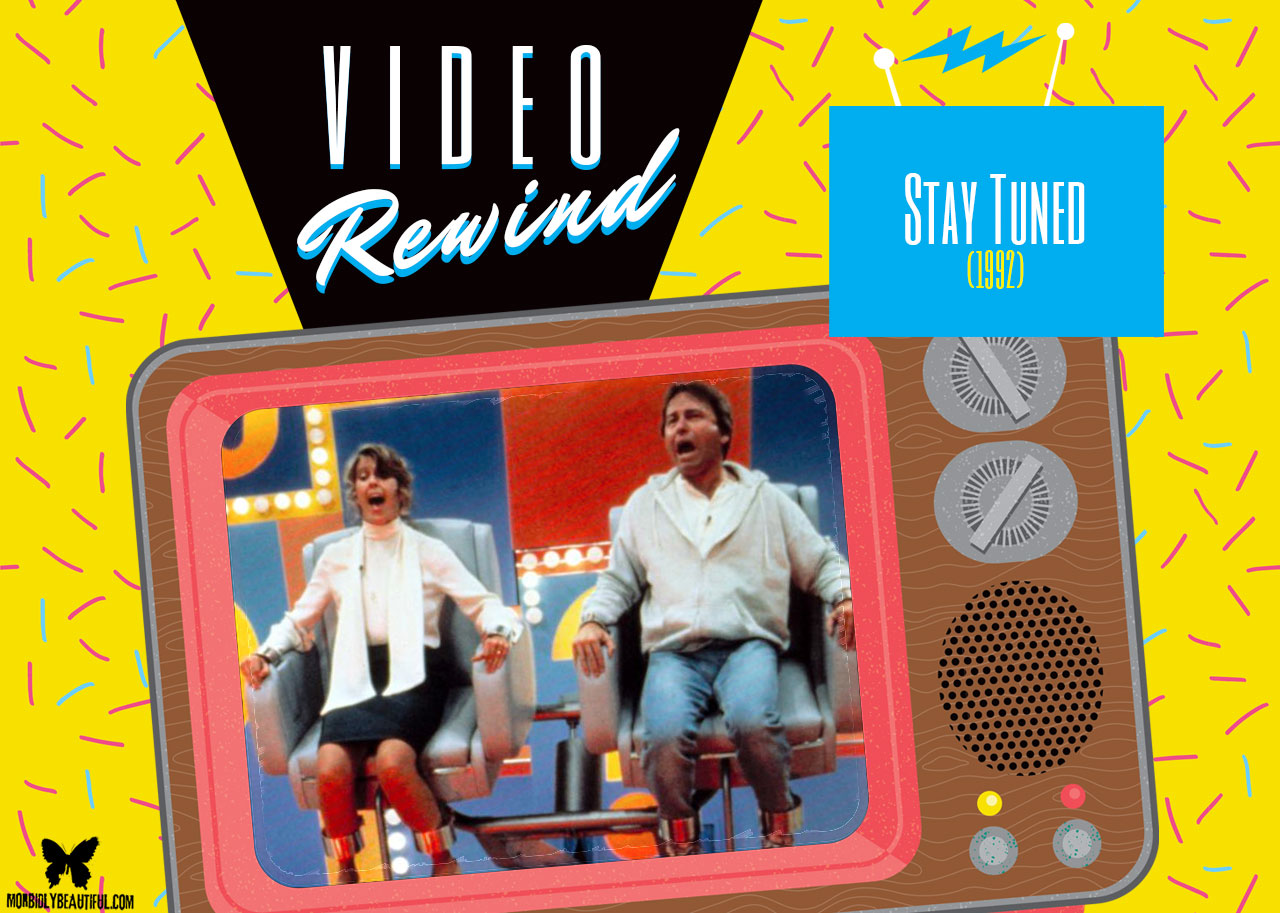












Follow Us!